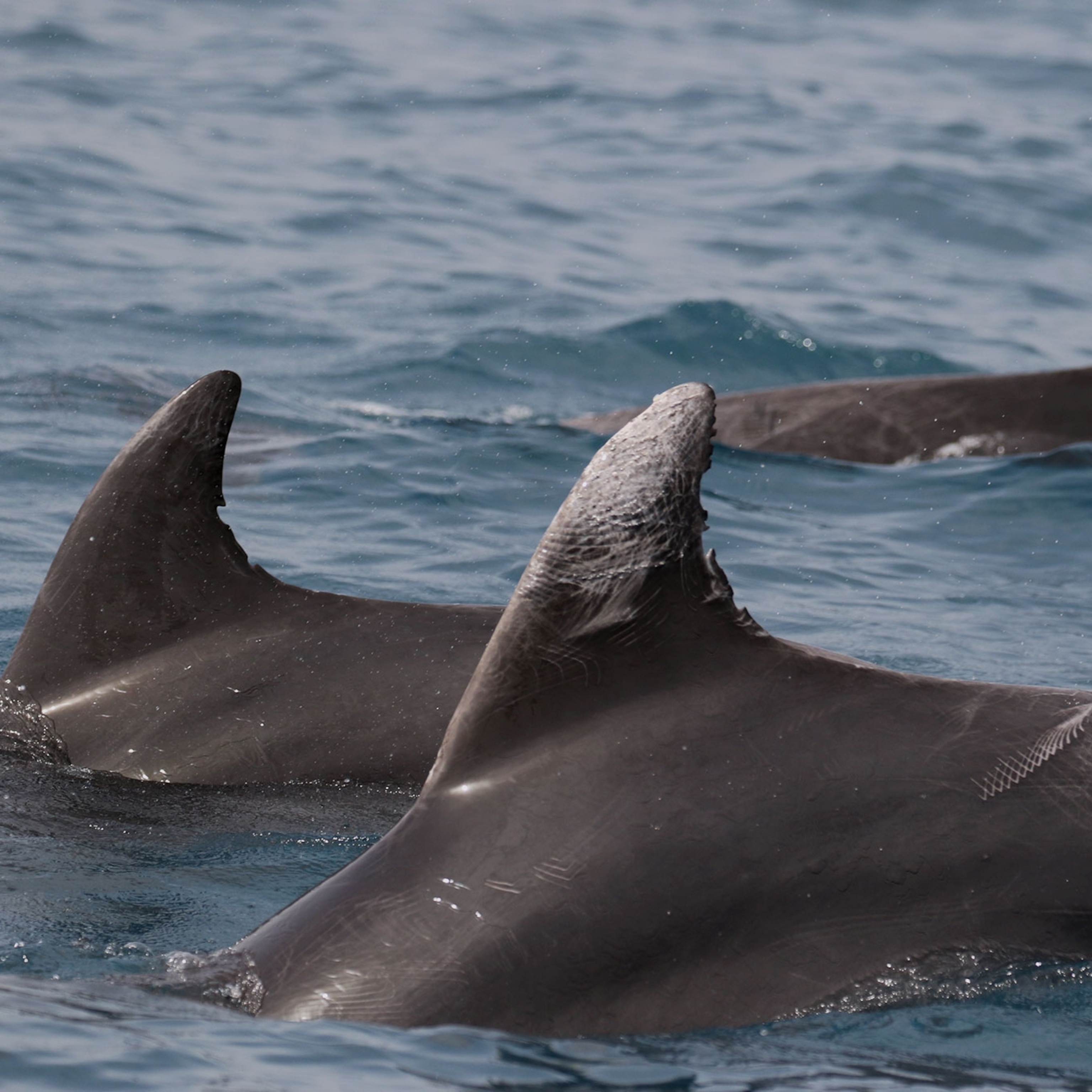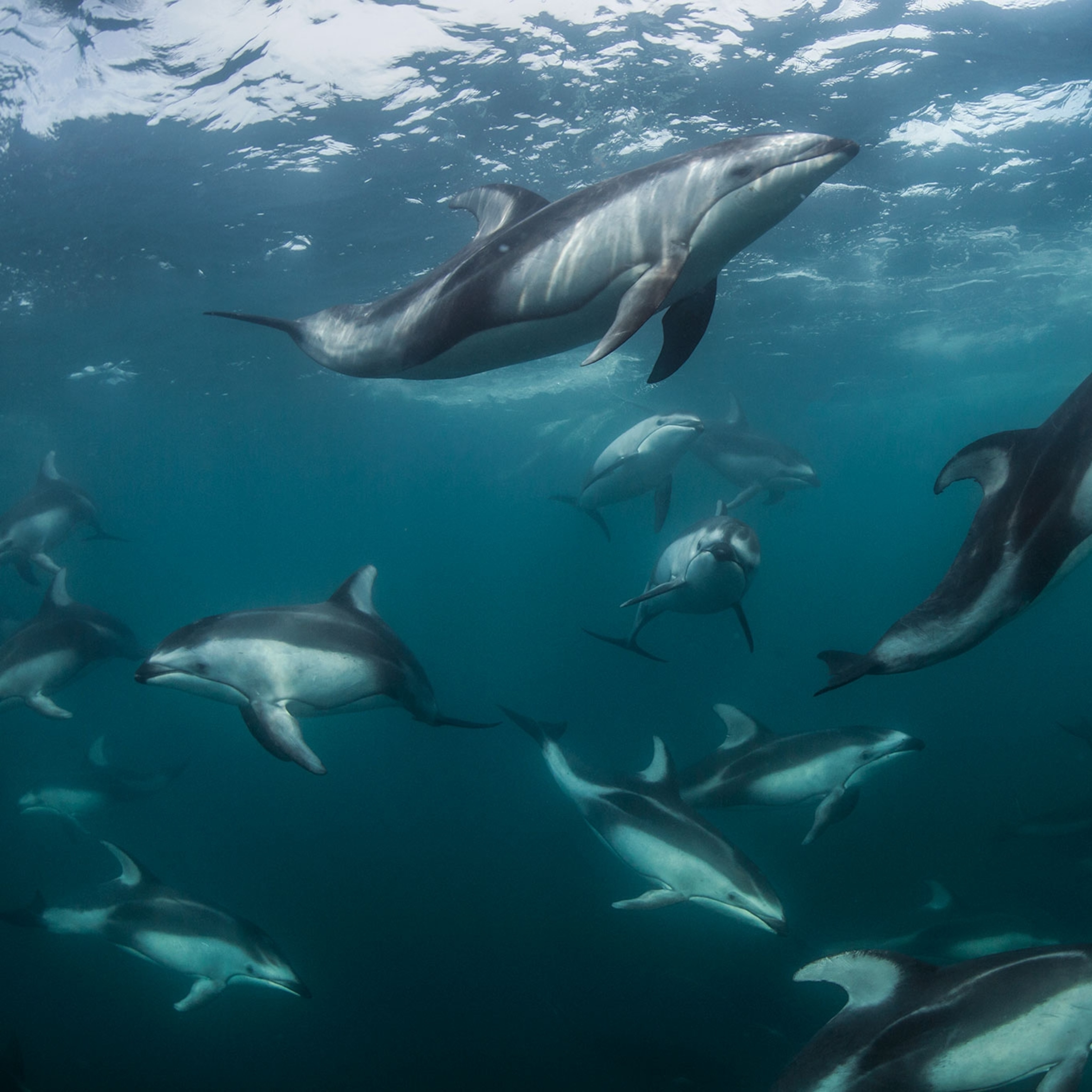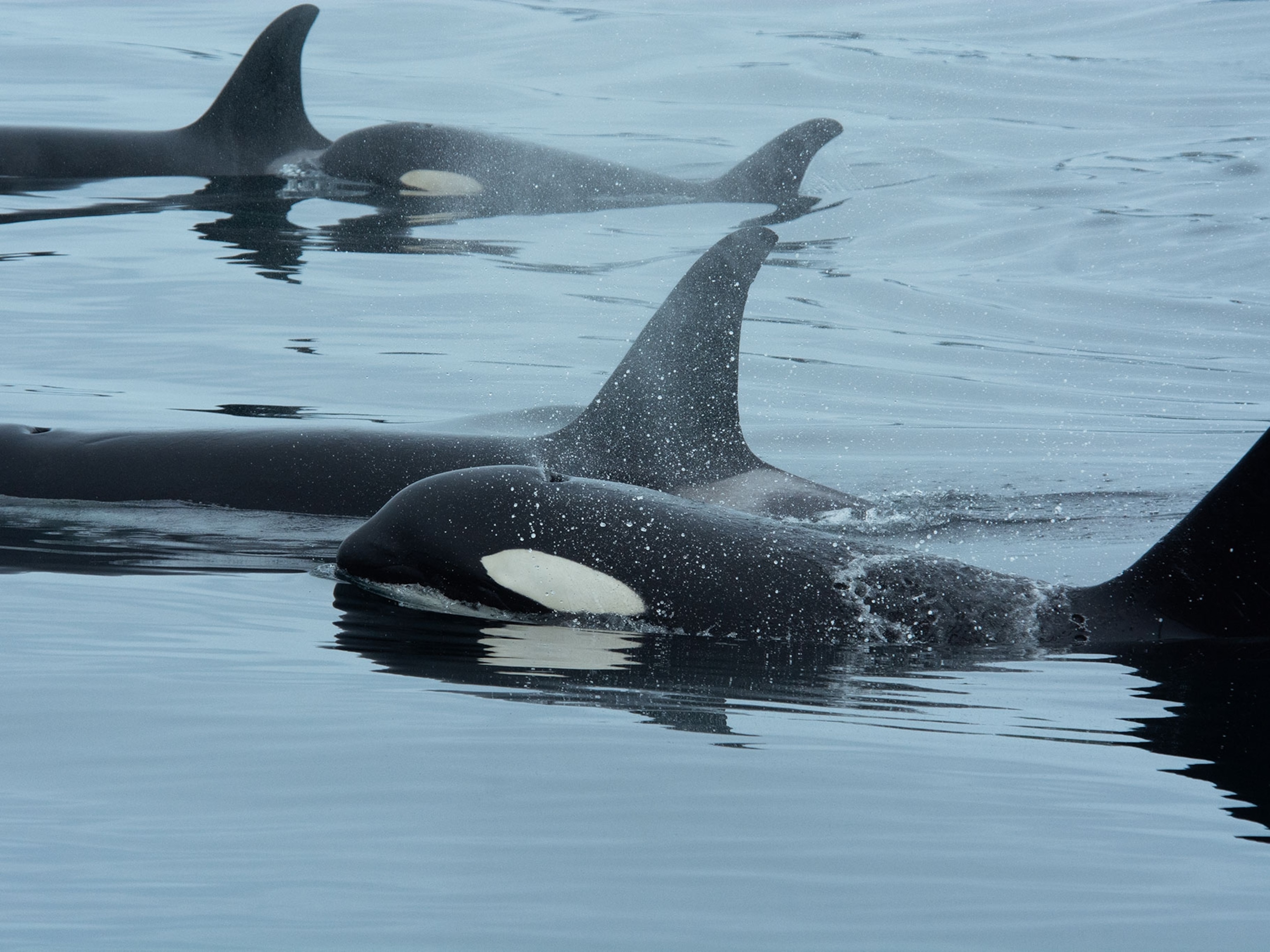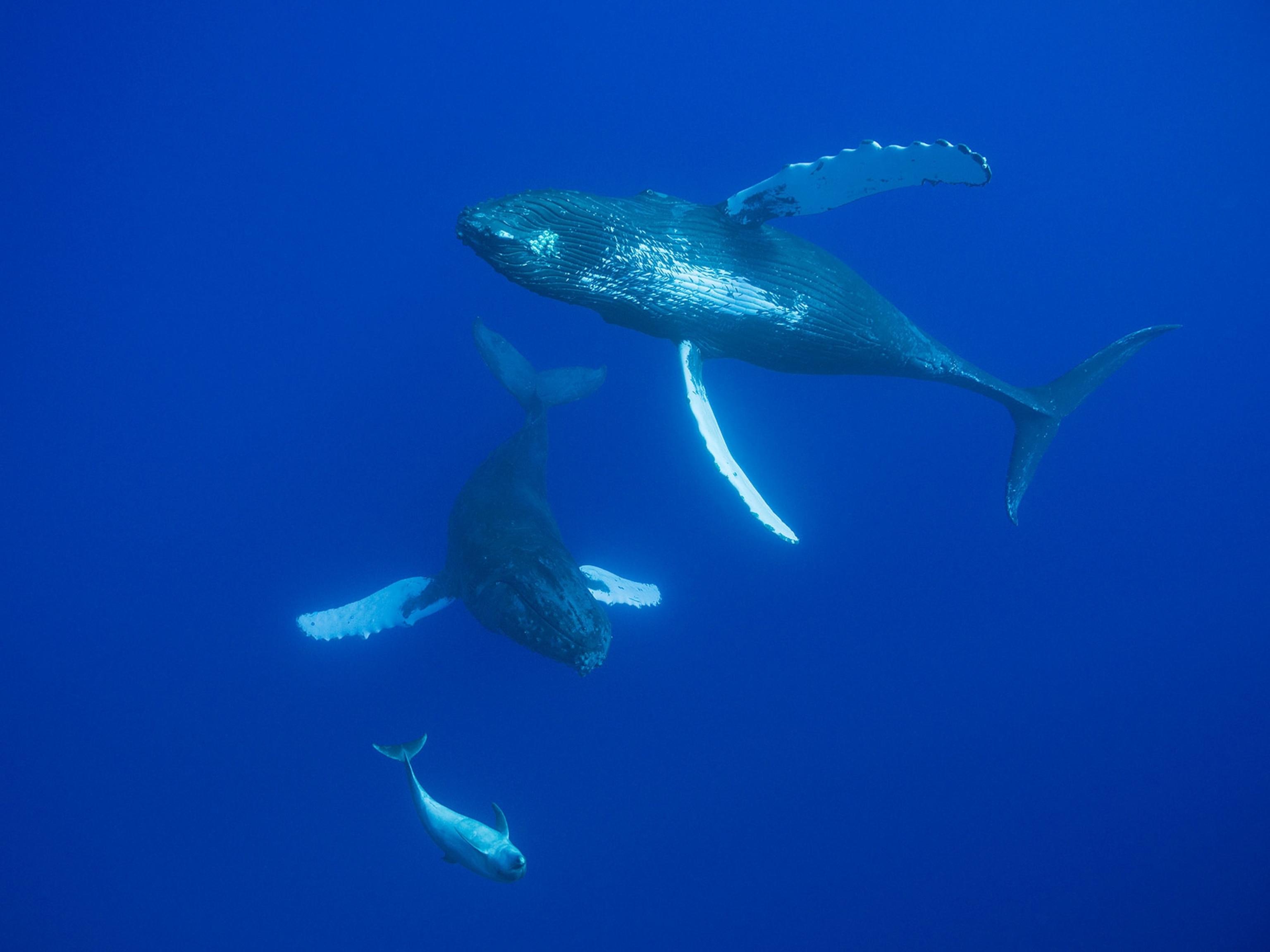
Intimate Details of Dolphin Sex Revealed
The study—one of the first of its kind in more than a century—sheds light on how mammals evolved to reproduce in water.
Thanks to a pressurized penis inflator and genitals flown in from across the U.S., an anatomist has answered a long sought-after question: how do the genitals of dolphins and porpoises fit together during sex?
In a word, swimmingly. In a presentation at this year’s Experimental Biology meeting in Chicago, Dalhousie University postdoctoral fellow Dara Orbach showed intimate 3-D scans of a variety of marine mammals. She presented scans of two species of dolphins, as well as harbor porpoises and harbor seals, all produced using genitalia collected from animals that died of natural causes.
At first blush, the intricacies of dolphin love may seem risqué. But Orbach’s work is some of the first in more than a century to reanalyze the female sexual anatomy of marine mammals—in this case, dolphins and porpoises. The finds also will help scientists see how evolution shaped the organs into their present forms.
“With basic anatomy, it is often thought that we scientists have a pretty good idea about mammalian structures and their functions, but this turns out not always to be true,” says Sarah Mesnick, an ecologist at the Southwest Fisheries Science Center, part of the National Marine Fisheries Service of the U.S. National Oceanic and Atmospheric Administration (NOAA).
“Orbach is experiencing anatomy as scientists did in the Age of Discovery, gaining new insights with each dissection,” she added.
In the field of sexual anatomy, there’s a lot left to discover. Precise studies of how genitals fit together have been mostly limited to small insects, spiders, and lizards (though at least one MRI study has looked at humans). And science has long faced a gap in the study of female genitalia, fueled by the relative ease of studying penises and a long-held assumption that from species to species, vaginas don’t vary as much as penises. (This 99-million-year-old fossil preserves an extinct arachnid’s erection.)
However, a March 2017 study that Orbach and Mesnick coauthored shows that marine mammals’ vaginas have a stunning diversity of inner flaps and folds. The vagina of the common bottlenose dolphin, for instance, has a single fold; the harbor porpoise’s, in contrast, has about thirteen.
“The flaps, folds and blind alleys of the female reproductive tract may serve as a gauntlet that a male's sperm, or that of competing male rivals, must traverse to reach the egg,” Mesnick said in an email.
“All evidence so far seems to suggest that sexual selection seems to be driving this variation,” adds Orbach. “It’s a pretty amazing system to be working with.”

Measuring Genitalia
But determining how evolution shaped these folds requires knowing precisely how penises and vaginas interact. Do dolphin penises penetrate the cervix during sex? How do structures on the penis align with the folds? And why?
To answer these questions, Orbach set out to collect reproductive tracts, asking NOAA’s National Marine Mammal Stranding Network, which responds when carcasses appear on U.S. beaches, for help. She now has about 75 tracts—excised during necropsies on the carcasses—in storage at Mount Holyoke College, where she is a research associate. “It’s like a birthday [when] you open up a stinky package,” says Orbach.
Once Orbach gets matching genitalia, she cleans up the tracts and then exhaustively measures them, collecting 50 types of data for a single vagina. She and her colleagues then create a silicone mold of the vagina’s interior. Separately, they inflate the penis until it’s erect using a pressurized keg of saltwater, and then they preserve it in a mixture of water, methanol, and the gas formaldehyde.
The team then inserts the rigid penis into a matching vagina, sews the two together, and preserves them in the formaldehyde mixture. Then it’s off to Tufts University’s Cummings School of Veterinary Medicine, where radiologist Mauricio Solano scans them in detail.

Finds with Benefits
Orbach says that down the line, her research could yield conservation benefits, especially when collecting sperm for artificial insemination. “If you have a biomimetic (artificial but lifelike) vagina, that could trigger the male to produce higher-quality sperm, as opposed to a different device,” she says.
It may be tempting to think that improvements to captive breeding could help Mexico’s vaquita, a porpoise down to its last 30 individuals because of illegal gillnet fishing. However, there are no vaquitas in captivity, much less any that are captively bred. At present, saving the species's last few members is of much greater concern: An emergency effort to locate, catch, and house remaining vaquitas will kick off in May, but there is no guarantee that the plan will succeed.
"Catching and caring for vaquitas may prove impossible, but unless we try, the species will likely vanish," the National Marine Mammal Foundation said in a statement about the plan. (Read more about the vaquita.)
When discussing Orbach's research, she and Mesnick emphasize its more fundamental importance in our understanding of mammal biology.
“Across the animal kingdom, we can see and hear many aspects of mating, such as bright colors of courting males—or their songs—and the ensuing courtship rituals between the sexes. But in species with internal fertilization, there's just as fascinating a scene that goes on beyond our ability to see it,” said Mesnick. “What happens inside the female’s reproductive tract—the ultimate playing field for sexual selection—is just as important in influencing reproductive success.
“Work like this helps people understand what it means to be a mammal and part of this amazing natural diversity,” she added.
Studying this diversity has been a long, hard process, but as Orbach demonstrates, it’s a fitting—and scientifically satisfying—line of inquiry.








